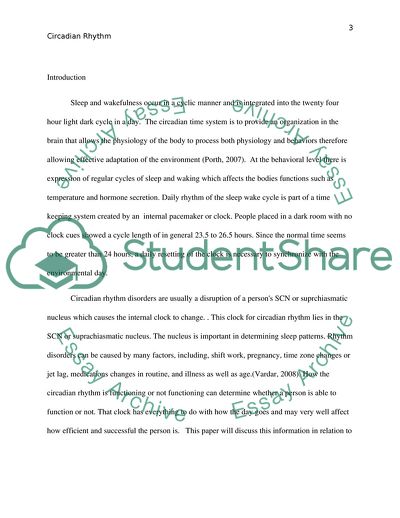Cite this document
(Effects of Circadian Rhythm Lab Report Example | Topics and Well Written Essays - 2500 words, n.d.)
Effects of Circadian Rhythm Lab Report Example | Topics and Well Written Essays - 2500 words. Retrieved from https://studentshare.org/medical-science/1732300-assignment-2-lab-report-circadian-rhythms
Effects of Circadian Rhythm Lab Report Example | Topics and Well Written Essays - 2500 words. Retrieved from https://studentshare.org/medical-science/1732300-assignment-2-lab-report-circadian-rhythms
(Effects of Circadian Rhythm Lab Report Example | Topics and Well Written Essays - 2500 Words)
Effects of Circadian Rhythm Lab Report Example | Topics and Well Written Essays - 2500 Words. https://studentshare.org/medical-science/1732300-assignment-2-lab-report-circadian-rhythms.
Effects of Circadian Rhythm Lab Report Example | Topics and Well Written Essays - 2500 Words. https://studentshare.org/medical-science/1732300-assignment-2-lab-report-circadian-rhythms.
“Effects of Circadian Rhythm Lab Report Example | Topics and Well Written Essays - 2500 Words”, n.d. https://studentshare.org/medical-science/1732300-assignment-2-lab-report-circadian-rhythms.


